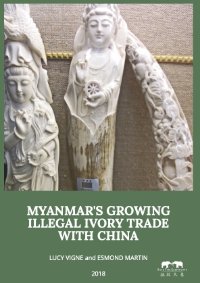By Melina Risso, Julia Sekula, Lycia Brasil, Peter Schmidt and Maria Eduarda Pessoa de Assis
In the past 20 years, the price of gold has increased from US$400 to US$1861.50 per ounce, driven by rising demand in China and India. Gold is time and capital-intensive to produce, which is why this rise in demand has driven an attendant demand for illegal gold mining — an industry that is estimated to yield globally between US$12 and US$28 billion annually.2 The Brazilian Amazon is rife with illegal gold mining operations, with 321 identified points of illegal, active and inactive mines arranged in the 9 states that comprise the Brazilian Amazon Basin.3 This has had a direct impact on deforestation rates and health hazards of local indigenous populations. Deforestation across the Amazon grew 25% in the first half of 2020 according to INPE (Brazil’s National Institute for Space Research). The contribution of mining activity to deforestation rates as a whole has increased from 4% in 2017 to 23% in indigenous territories in data recorded up to June 10, 2020.4 Deforestation has been concentrated in indigenous territories where, between 2018 and 2019, environmental degradation by mining increased 107%. This devastation has a price — according to Brazil’s Federal Public Prosecutors Office, 1kg of gold represents roughly R$1.7m in environmental damages, culminating in an environmental cost roughly 10 times greater than the current price of gold.
Rio de Janeiro - RJ - Brasil, Igarapé Institute, 2021. 50p.





















